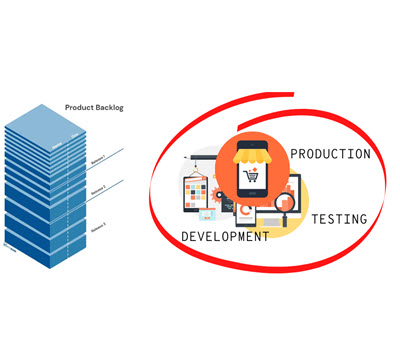
Production-Ready vs Feature-Complete: What’s the Difference?
Last updated: June 20, 2024 Read in fullscreen view
- 20 Jan 2022
 Difference between Bug, Defect, Error, Fault & Failure 26/1255
Difference between Bug, Defect, Error, Fault & Failure 26/1255 - 18 Oct 2020
 How to use the "Knowns" and "Unknowns" technique to manage assumptions 22/1002
How to use the "Knowns" and "Unknowns" technique to manage assumptions 22/1002 - 17 Oct 2022
 What is the difference between low-end, mid-end and high-end solutions of project management software? 21/1360
What is the difference between low-end, mid-end and high-end solutions of project management software? 21/1360 - 07 Dec 2021
 What's the difference between soft freeze, hard freeze and customization freeze? 17/1154
What's the difference between soft freeze, hard freeze and customization freeze? 17/1154 - 05 Jul 2020
 What is Sustaining Software Engineering? 16/1201
What is Sustaining Software Engineering? 16/1201 - 01 Oct 2020
 Fail fast, learn faster with Agile methodology 16/982
Fail fast, learn faster with Agile methodology 16/982 - 03 Aug 2022
 What Are OLAs? SLAs vs OLAs vs UCs: What’s The Difference? 14/980
What Are OLAs? SLAs vs OLAs vs UCs: What’s The Difference? 14/980 - 20 Mar 2022
 What is a Multi-Model Database? Pros and Cons? 12/1077
What is a Multi-Model Database? Pros and Cons? 12/1077 - 02 May 2022
 Difference between CapEx vs. OpEx: Two Ways to Finance Your Software Project 12/1440
Difference between CapEx vs. OpEx: Two Ways to Finance Your Software Project 12/1440 - 30 Jan 2022
 What Does a Sustaining Engineer Do? 9/564
What Does a Sustaining Engineer Do? 9/564 - 01 Mar 2023
 What is Unit Testing? Pros and cons of Unit Testing? 9/371
What is Unit Testing? Pros and cons of Unit Testing? 9/371 - 17 Jul 2023
 What Is SSL? A Simple Explanation Even a 10-Year-Old Can Understand 8/14
What Is SSL? A Simple Explanation Even a 10-Year-Old Can Understand 8/14 - 10 Nov 2022
 Poor Code Indicators and How to Improve Your Code? 8/217
Poor Code Indicators and How to Improve Your Code? 8/217 - 06 Feb 2021
 Why fail fast and learn fast? 8/386
Why fail fast and learn fast? 8/386 - 19 Oct 2021
 Is gold plating good or bad in project management? 8/760
Is gold plating good or bad in project management? 8/760 - 10 Apr 2022
 Difference Between Forward and Backward Reasoning in AI 6/1586
Difference Between Forward and Backward Reasoning in AI 6/1586 - 01 Mar 2023
 Bug Prioritization - What are the 5 levels of priority? 6/210
Bug Prioritization - What are the 5 levels of priority? 6/210 - 24 Nov 2021
 What is the difference between off-the-shelf software and customized software? 5/430
What is the difference between off-the-shelf software and customized software? 5/430 - 18 Aug 2022
 What are the consequences of poor requirements with software development projects? 5/248
What are the consequences of poor requirements with software development projects? 5/248 - 21 Jun 2022
 Difference between Quality and Grade 5/709
Difference between Quality and Grade 5/709 - 31 Dec 2021
 What is a Data Pipeline? 5/189
What is a Data Pipeline? 5/189 - 14 Oct 2021
 Advantages and Disadvantages of Time and Material Contract (T&M) 5/799
Advantages and Disadvantages of Time and Material Contract (T&M) 5/799 - 08 Oct 2022
 KPI - The New Leadership 5/561
KPI - The New Leadership 5/561 - 31 Oct 2021
 Tips to Fail Fast With Outsourcing 5/379
Tips to Fail Fast With Outsourcing 5/379 - 13 Dec 2020
 Move fast, fail fast, fail-safe 4/296
Move fast, fail fast, fail-safe 4/296 - 28 Dec 2021
 8 types of pricing models in software development outsourcing 4/420
8 types of pricing models in software development outsourcing 4/420 - 10 Dec 2023
 Pain points of User Acceptance Testing (UAT) 4/423
Pain points of User Acceptance Testing (UAT) 4/423 - 25 Apr 2021
 What is outstaffing? 3/233
What is outstaffing? 3/233 - 17 Feb 2022
 Prioritizing Software Requirements with Kano Analysis 3/286
Prioritizing Software Requirements with Kano Analysis 3/286 - 23 Sep 2021
 INFOGRAPHIC: Top 9 Software Outsourcing Mistakes 3/414
INFOGRAPHIC: Top 9 Software Outsourcing Mistakes 3/414 - 22 Sep 2022
 Why is it important to have a “single point of contact (SPoC)” on an IT project? 3/852
Why is it important to have a “single point of contact (SPoC)” on an IT project? 3/852 - 01 Feb 2022
 Outstaffing Vs. Outsourcing: What’s The Difference? 3/570
Outstaffing Vs. Outsourcing: What’s The Difference? 3/570 - 05 May 2022
 DAM vs. CMS: What's the difference? 3/451
DAM vs. CMS: What's the difference? 3/451 - 18 Mar 2022
 Difference between Project Management and Management Consulting 3/326
Difference between Project Management and Management Consulting 3/326 - 03 Jul 2022
 What is the difference between Project Proposal and Software Requirements Specification (SRS) in software engineering? 2/964
What is the difference between Project Proposal and Software Requirements Specification (SRS) in software engineering? 2/964 - 19 Apr 2021
 7 Most Common Time-Wasters For Software Development 2/533
7 Most Common Time-Wasters For Software Development 2/533 - 13 Nov 2021
 What Is Bleeding Edge Technology? Are bleeding edge technologies cheaper? 2/460
What Is Bleeding Edge Technology? Are bleeding edge technologies cheaper? 2/460 - 09 Dec 2021
 Customer Service vs Technical Support: What’s The Difference? 1/231
Customer Service vs Technical Support: What’s The Difference? 1/231 - 26 Dec 2023
 Improving Meeting Effectiveness Through the Six Thinking Hats 1/210
Improving Meeting Effectiveness Through the Six Thinking Hats 1/210 - 05 Jan 2024
 Easy ASANA tips & tricks for you and your team 1/182
Easy ASANA tips & tricks for you and your team 1/182 - 11 Jan 2024
 What are the Benefits and Limitations of Augmented Intelligence? 1/440
What are the Benefits and Limitations of Augmented Intelligence? 1/440 - 06 Jun 2024
 Software Upgrade vs Software Update: What is the difference? 1/219
Software Upgrade vs Software Update: What is the difference? 1/219 - 15 Aug 2025
 Quantum Technology: Global Challenges and Opportunities for Innovators /62
Quantum Technology: Global Challenges and Opportunities for Innovators /62 - 14 Mar 2024
 Why should you opt for software localization from a professional agency? /121
Why should you opt for software localization from a professional agency? /121 - 12 Mar 2024
 How do you create FOMO in software prospects? /137
How do you create FOMO in software prospects? /137 - 25 Jan 2022
 What is the difference between Outsourcing and Outstaffing? /267
What is the difference between Outsourcing and Outstaffing? /267 - 10 Nov 2021
 PoC vs. Prototype vs. MVP: What’s the difference? /730
PoC vs. Prototype vs. MVP: What’s the difference? /730 - 02 Nov 2021
 Difference between an ESTIMATE and a QUOTE /344
Difference between an ESTIMATE and a QUOTE /344 - 15 Sep 2022
 CRM vs CDP: What's the difference? /236
CRM vs CDP: What's the difference? /236 - 01 Apr 2022
 Dedicated Team vs. Extended Team: What’s the difference? /302
Dedicated Team vs. Extended Team: What’s the difference? /302 - 10 Apr 2022
 What is predictive analytics? Why it matters? /169
What is predictive analytics? Why it matters? /169 - 06 Nov 2019
 How to Access Software Project Size? /236
How to Access Software Project Size? /236
The Lifecycle of a Software Project
The lifecycle of a project begins with some sort of “discovery” process, where the software team works with the product owner to clarify their definitions of success, and gain an understanding of business priorities for the product owner. The outcome of this phase is often a list of project deliverables (features) and an estimate of the time that it will take to complete the project.
Fast forward, and the features are grouped into releases, which constitute useful functional groupings. For instance, a first release might include core workflow features around user account creation and management, as well as a few of the most important features of the proposed product. Over several releases, the project will reach a state where the client feels it is providing the value they desire. At this point, it will be transitioned to some sort of support and maintenance mode.
These two phases are ubiquitous in all software projects regardless of development style, but what differs greatly across development styles is the timing or cadence with which these phases are executed. The Agile development methodology (practiced at Very), states that these phases should happen frequently and in an iterative fashion. Iteration is a key component of Agile Development, and in order to iterate, something must exist in the first place (we’ll come back to this).
Feature-Complete
For a piece of software to be considered “feature-complete,” it has all of its planned or primary features implemented but isn’t yet “final” due to bugs, stability or performance issues. On the surface, this seems reasonable, but in reality, it is ambiguous and subjective. This is rooted in the subject of the definition – “piece of software.” How “big” is this piece of software? How many features? How many man-hours?
As the piece of software gets bigger, becoming “feature-complete” becomes a daunting task. Simply receiving a sign-off of “feature-completeness” may take weeks or months. The bugs and other issues that need resolution in order to push past feature-complete may be overwhelming. Worst of all – what if the team has spent so long focusing on checking off all the “planned or primary features,” that they are no longer relevant to the end goal of the project?
On the other hand, if the size of the “piece of software” is relatively small, most of the aforementioned problems vanish. If we focus the assessment of “feature-completeness” on small releases, we can easily check off the boxes, squash bugs quickly, and plan the next release with knowledge gained from the previous one. This allows for painless removal or modification of features as we learn more about their relevance to the overall project goals.
Production-Ready
A piece of software is considered production-ready if it is capable of meeting the demands of its users. This includes ease of usability, reliability, and availability. Various software teams assess these criteria in different ways, but Agile teams lean on acceptance of user stories in order to validate usability, and automated testing to validate reliability. The last piece, availability, means that the software must be available to use (e.g. it must be in production). Agile teams maximize availability by leveraging automated deployments and practicing continuous delivery.
Similar to the conundrum of “feature-complete,” assessing whether or not a piece of software is “production-ready” greatly depends on the size of that piece of software. If we make the assessment on a small piece of software (i.e. a small release), it is easy to perform. This means that it can be quickly deployed, and provide immediate value. Subsequent releases can be evaluated in the same way, ensuring every part of the software system is production-ready with minimal delay for QA/QC/Testing/etc.
What to Do With This New Information
People invest in a custom software development project because they believe it will bring them some positive return on their investment. Therefore, we should seek to take actions that will maximize the likelihood that a software project will yield a positive return. Some things that you can take away from the previous discussions are:
- Software cannot yield returns unless it is available in production, and these returns will likely be higher if the software is usable and reliable.
- Our knowledge of which features yield the highest return can evolve dramatically as users interact with software in production.
With this in mind, very’s official recommendation is: “Focus on small, production-ready releases. Only assess feature-completeness within the context of each release. Embrace change in feature scope as you learn which features are most valuable.”



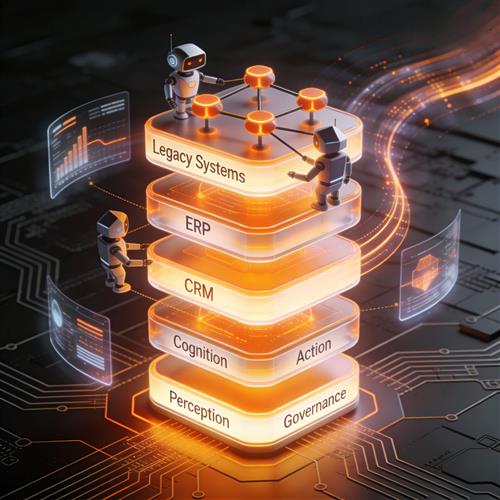



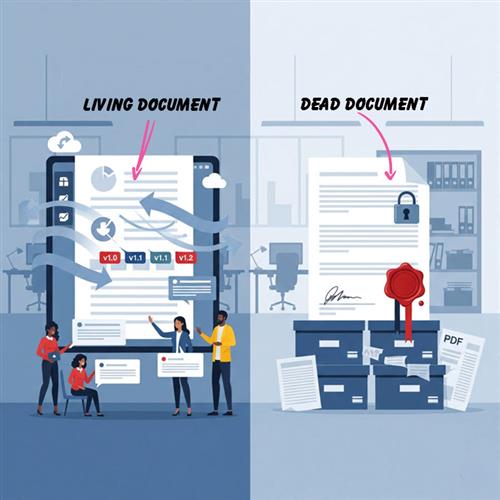

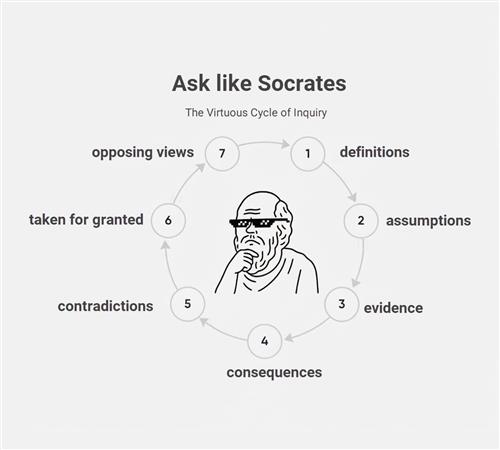
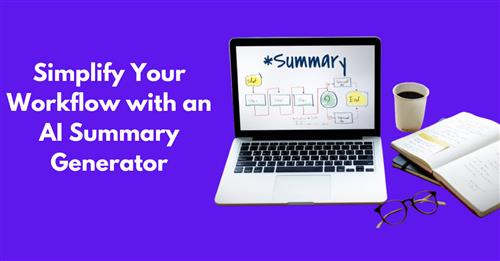
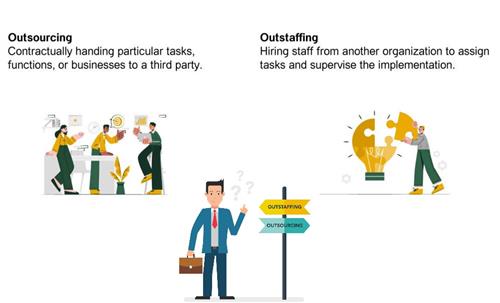
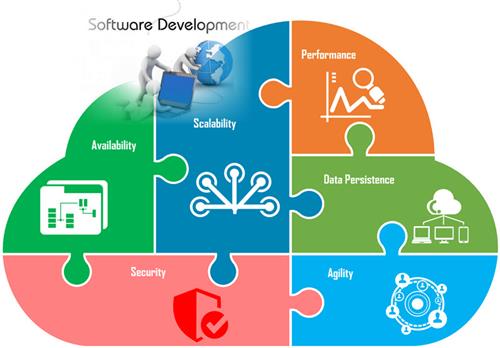
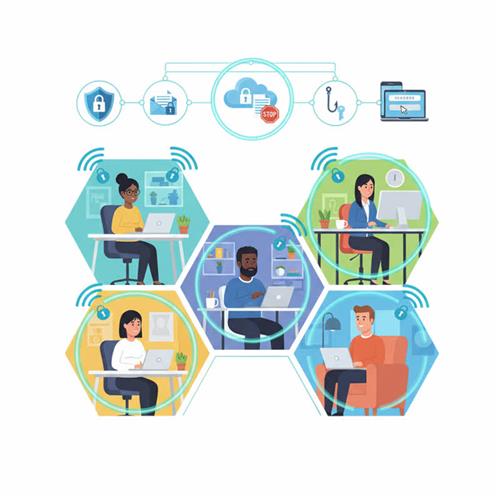
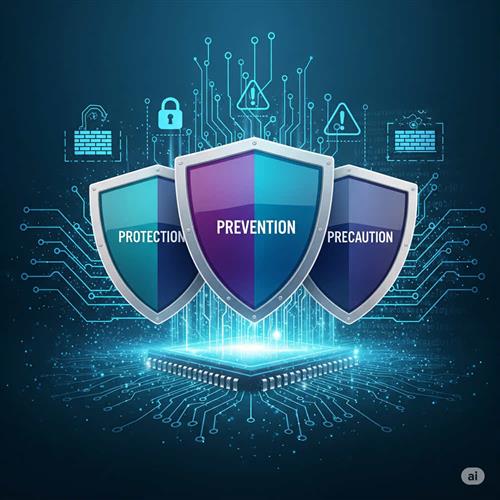



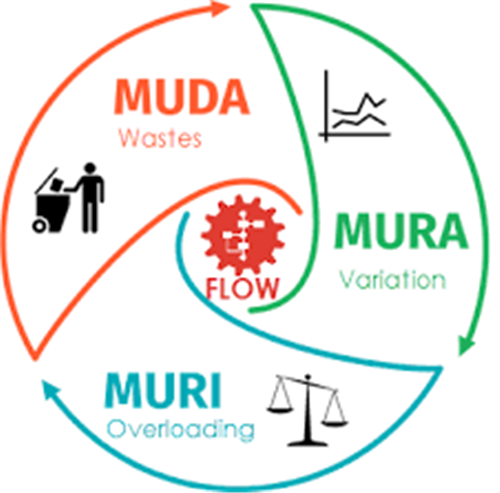
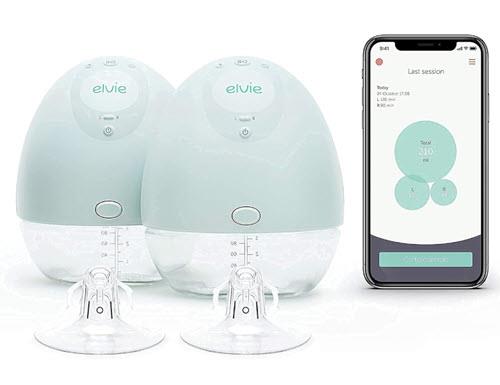
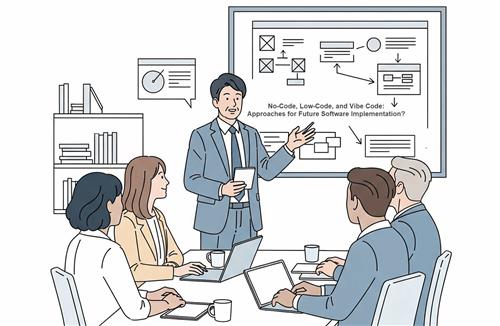
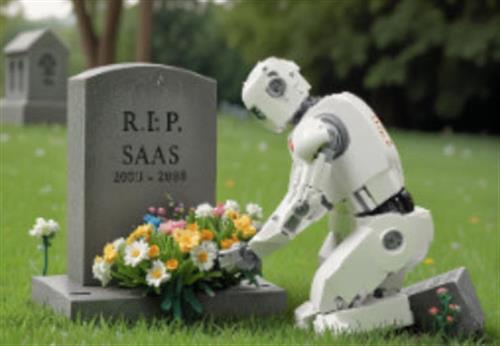
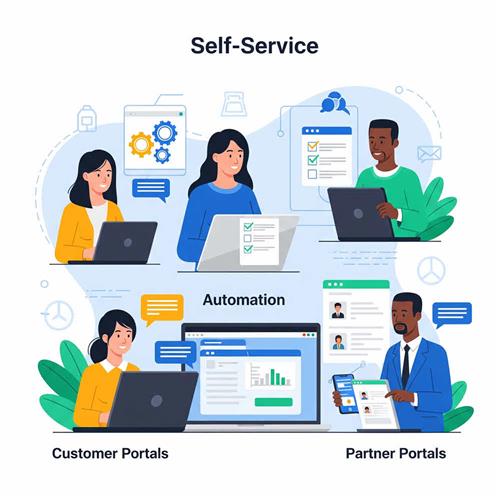
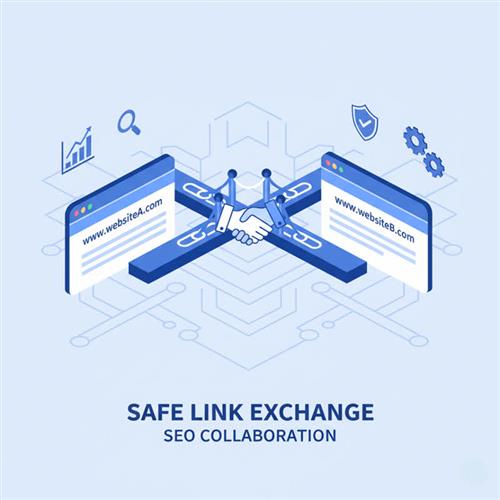
![Best IT Outsourcing Companies in Vietnam with Reviews 2023 Top 10 Vietnam IT Outsourcing Vendors [MOST UPDATED] - TIGO CONSULTING](/Uploads/Vietnam12012023111455_thumb.jpg)









 Link copied!
Link copied!
 Recently Updated News
Recently Updated News